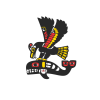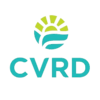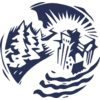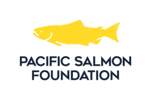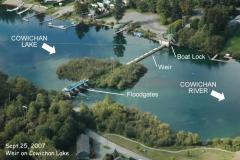 The weir on Cowichan Lake is used to control the outflow from the lake into the Cowichan River during the spring-fall season. For much of the time between late fall and late spring each year, it does nothing, and the weir is referred to as “off control” since the lake level is above the top of the weir.
The weir on Cowichan Lake is used to control the outflow from the lake into the Cowichan River during the spring-fall season. For much of the time between late fall and late spring each year, it does nothing, and the weir is referred to as “off control” since the lake level is above the top of the weir.
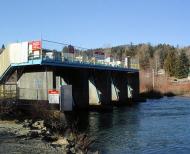 In recent decades, management of the weir has required challenging judgement calls in which the lake level, discharge rate in the river, salmon priorities, and rainfall predictions are all factors which must be juggled.
In recent decades, management of the weir has required challenging judgement calls in which the lake level, discharge rate in the river, salmon priorities, and rainfall predictions are all factors which must be juggled.
In 2019, the lake fell below “zero storage” and electric pumps were required to pump water out of the lake and into the river to keep the Cowichan River flowing, prompting comparisons to this important heritage river being on life support.
 Physically, the weir is roughly 1 metre tall. It was built in 1957 and is managed by Catalyst Paper, owners of the Crofton Mill.
Physically, the weir is roughly 1 metre tall. It was built in 1957 and is managed by Catalyst Paper, owners of the Crofton Mill.
For more information, visit WeirReady.ca
For updates on work to replace the weir with a higher model to mitigate the changing climate, visit Cowichan Water Use Plan
Related Resources
Cowichan Weir Operating Guidelines
Michelle Vessey et al, Catalyst Paper, October 2008
Cowichan Lake Water Management Rule Curve & Rule Band
Craig Sutherland, Presentation, January 2011
Cowichan Lake Weir Operation – Rule Curve & Rule Band
Craig Sutherland, Report, January 2011
 Email
Email